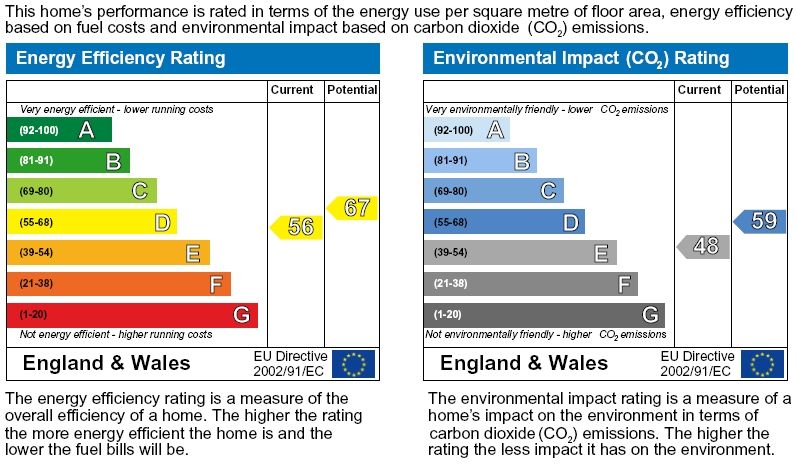Make EPCs more useful
Proficiency is calling for more debate, followed by some positive action, to address what is arguably the biggest barrier to the effective use of EPCs, the EPC itself. Without some relatively minor changes the EPC cannot properly do what is being asked of it.
We are not even talking about changing the methodology, we are talking about simply making better use of the output from the calculation.
Let us start with the elephant in the room, something which has been ignored for way too long. The domestic EPC rating is based on cost. Improving your rating requires measures which reduce your fuel cost, irrespective of what damage they do to your carbon impact. The non-domestic EPC is based on carbon. Improving your rating requires measures which reduce the carbon impact of your building, irrespective of whether or not it increases your energy costs.
DLUHC can argue that the two types of EPC are sufficient for meeting the requirements of the Energy Performance of Buildings legislation but that doesn’t really hold up. You can comply with the legislation by having the document, but the purpose of the legislation is to be a driver for positive change. EPCs (and let us not forget DECs and air conditioning certificates) need to deliver the information in a way that is useful to the reader.
Most importantly the EPC (which is owned by DLUHC*) is fundamental to the policies and activities of numerous organisations including building owners, occupiers and portfolio managers as well as lending institutions. They need to know what they need to know, and that is often not what the EPC tells them. Likewise, legislation of other government departments (most notably BEIS*) is reliant on the EPC, and it must meet their needs.
“What do I need to do?” is never a straightforward question. The appropriate initial response is generally “it depends on what you are hoping to achieve". The EPC exists to answer the question “What do I need to do?”.
If your purpose is to reduce cost (to you personally or in legislation to address fuel poverty) then the domestic EPC rating is useful but the non-domestic one is not. If your purpose is to reduce the carbon impact of buildings (your own or in legislation towards achieving net zero) the non-domestic EPC rating is useful but the domestic EPC one is not.
There is, and it is so simple that you have to wonder why we are still even having to ask for it. Both methodologies calculate the primary energy use and fuel mix. The domestic methodology attaches a price to this, and the non-domestic methodology could easily do so in the output without changing anything else.
The EPC should show a rating for cost, a rating for carbon and a rating for primary energy use. You (the end user) can then choose which rating is most relevant to you. Legislation can also use whichever rating is most appropriate to its primary objective.
This is not a revolutionary request for something nobody has ever thought of doing. The starting point is simply giving us back what was taken away from us. You only need to look at the original format EPCs to see that this is what should always have been happening.

Cost and carbon ratings were on the domestic EPC when we started, and adding a primary energy rating is not much to ask for.
Not only does this make the EPC a far more useful tool, but it also enables smarter use of it. Suddenly you can bring balance to your building energy efficiency strategy. You can choose what your main driver is i.e. cost, carbon or primary energy. You can then take account of which measures best achieve this with the most beneficial (or least detrimental) impact on the other two indicators.
We are calling for DLUHC and BEIS to work together and make this happen. The sooner it does happen the sooner the EPC becomes a much more effective tool in the in both the net zero and fuel poverty toolboxes.
DLUHC is The Department for Levelling Up, Housing and Communities, (formerly the Ministry for Housing, Communities and Local Government)
BEIS is The Department for Business, Energy and Industrial Strategy

